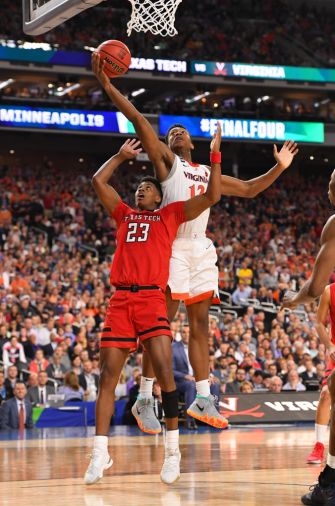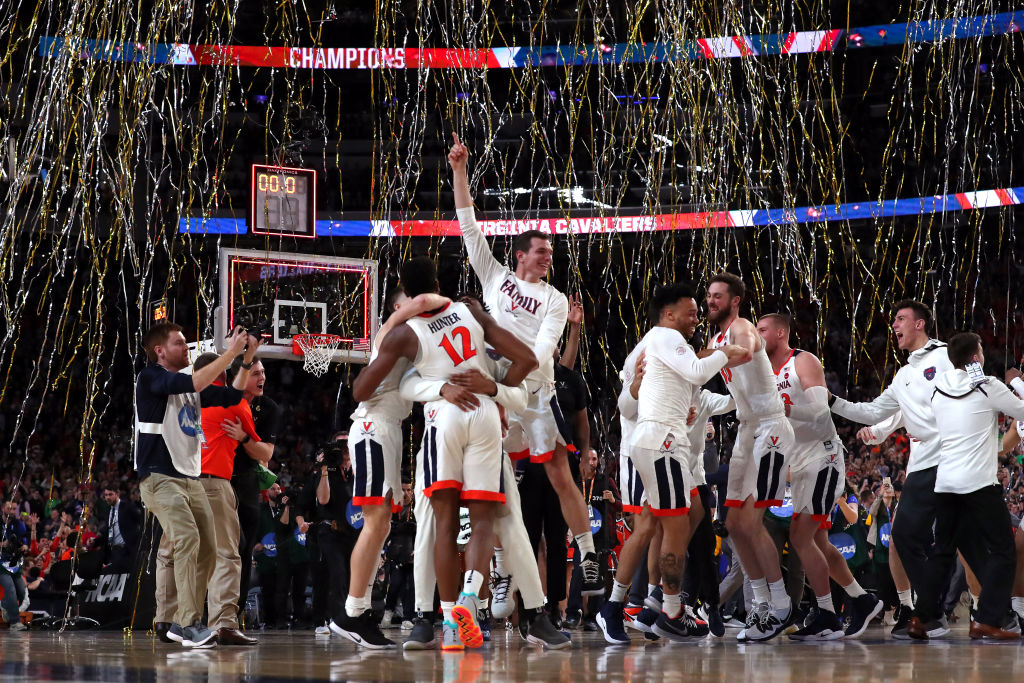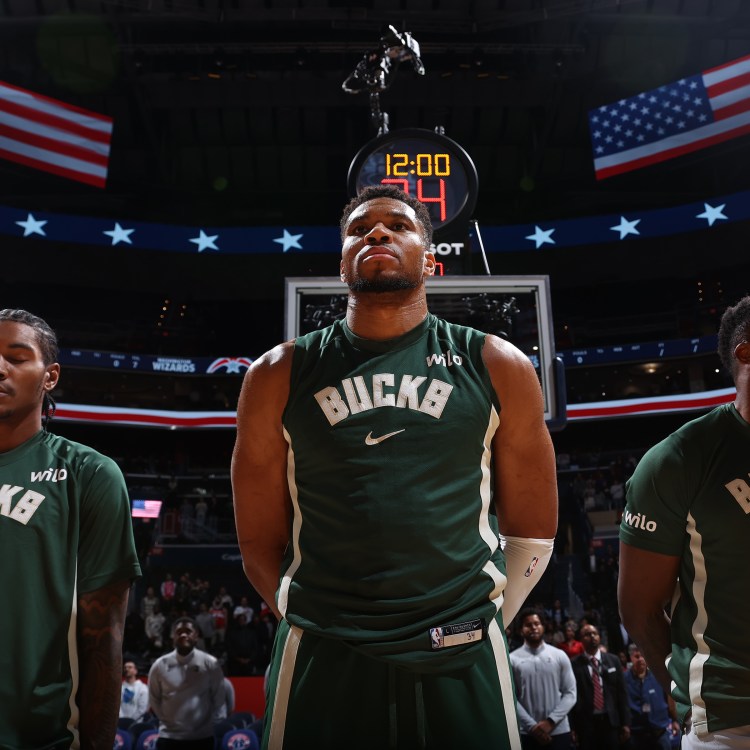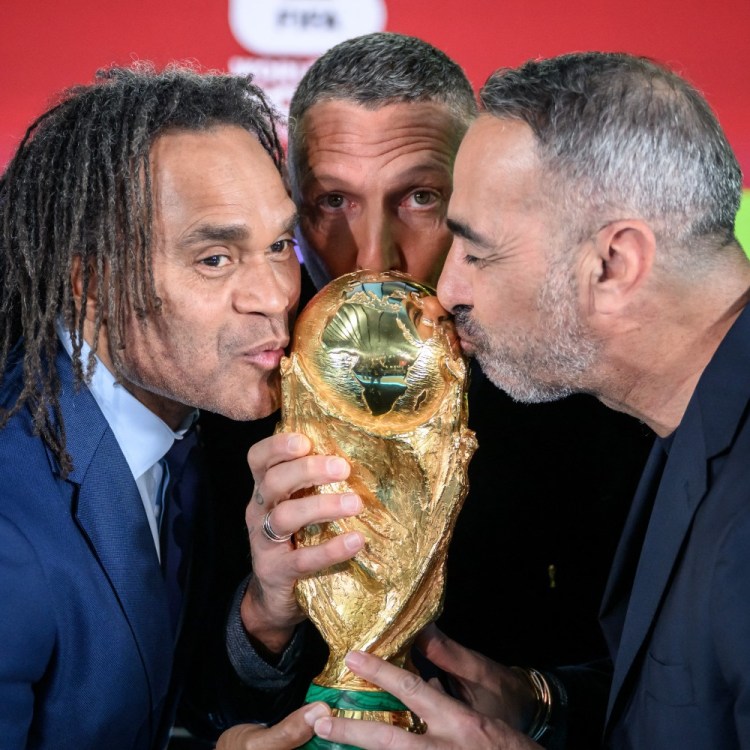With all four No. 1, No. 2. and No. 3 seeds (as well as a pair of No. 4s) making it to the Sweet 16, the backend of this year’s NCAA Division I Men’s Basketball Tournament was historically loaded with high seeds. With only a single team ranked lower than No. 5 advancing beyond the Round of 32, it’s fair to say Cinderella largely stayed home from the Big Dance this year.
While some people like to see a small college they’ve never heard of sneak in with the big names, if you like watching competitive college basketball of the variety that was played during Virginia’s 85-77 victory in overtime over Texas Tech in the National Championship Game, the lack of underdogs is probably not a bad thing.
As anyone who remembers No. 7 UConn’s march to the title in 2014, No. 10 Syracuse’s run to the Final Four in 2016, No. 11 Xavier’s advance to the Elite Eight in 2017 or No. 11 Loyola-Chicago’s sprint to the Final Four last year, Cinderella stories do happen and can lead to fun, excitement and Sister Jean.
But they can also lead to late-round tournament games which aren’t as close as they should be as the cream rises to the top and begins to dominate as things progress.
During this year’s tournament, there were just six games between the Sweet 16, Elite Eight, Final Four and National Championship Game which were decided by more than six points. One of them was last night’s eight-point game (which really deserves an asterisk because it was tied at the end of regulation).
Having so few close games in the final four rounds is somewhat of a rarity as in the previous five tourneys there were five (2014), 10 (2015), 10 (2016), seven (2017), and nine (2018) contests decided by more than six points during that final 15-game slate.
Those tournaments also included top-seeded teams running roughshod over lower seeds with Cinderella-ish ambitions like No. 1 Florida beating up on No. 11 Dayton 62-52 in 2014, No. 1 Kentucky bullying No. 5 West Virginia 78-39 in 2015 and No. 1 Gonzaga trouncing No. 11 Xavier 83-59 in 2017.
To be fair, there were also plenty of instances of a lower seed upsetting a higher one — the way No. 5 Auburn did to No. 1 North Carolina this year — but for the most part, higher seeds have been on the winning side more often than not in the tournament, usually by a decent margin.
While that’s not really hard to believe as it’s fairly logical higher seeds will beat lower ones, it’s worth pointing out because, as tournament viewers, we often find ourselves rooting for Cinderella teams and, by default, games which have the tendency to not be as close.
A big reason for that is lower-seeded teams often lack the NBA-caliber talent that makes schools like Duke, North Carolina and Kentucky perennial contenders.

In fact, according to an Associated Press analysis of the rosters of every team to make the tournament at least 10 times over the last 30 years or advance to the Final Four at least once, Kentucky, Duke, Kansas, North Carolina and Connecticut — first-round pick factories — were the only schools that averaged almost three wins in the tourney over that time span.
Sure, your Xaviers, Loyola-Chicagos and Butlers will have veteran players with plenty of experience and leadership skills, but they won’t have the talented underclassmen with one-and-done potential that help make schools like that true contenders. Remember, even two-time NBA MVP and three-time NBA champ Steph Curry stayed in college for three years—at Davidson.
Though not (yet?) in the same class for recruiting as Duke or UNC, even Virginia and Texas Tech, both of whom had rosters loaded with upperclassmen, each had talented younger players in 6-7 redshirt sophomore De’Andre Hunter (UVA) and 6-5 sophomore Jarrett Culver (TTU) with legit shots at getting picked in the NBA draft.
Neither disappointed in the tournament finale as Culver shot poorly but still finished with 15 points, nine rebounds and five assists. Despite being overshadowed by teammate Kyle Guy, Hunter was great in what was likely his final NCAA game as he had nine rebounds and 27 points while shooting 8-for-16 from the field and 7-for-9 from the line.
Those numbers may not jump off the page until you realize Hunter went 1-for-8 from the floor in the first half before closing the game by scoring 22 of his career-high 27 points in the second half and overtime, including a late 3-pointer that tied the game and sent it to overtime.
“I was feeling it all night, hit me right in my pocket,” Hunter said after the game. “I just took my time, shot a 3. It was on line. It felt good and I just kept my follow-through to make sure.”
Hunter’s heroics were the fitting ending for a player on a team that went from being a laughingstock last year after being the first No. 1 seed in tourney history to lose in the first round to winning the first NCAA hoops championship in school history.
Actually, maybe this year’s tournament had a Cinderella story after all.
The Charge will help you move better, think clearer and stay in the game longer. Subscribe to our wellness newsletter today.

























